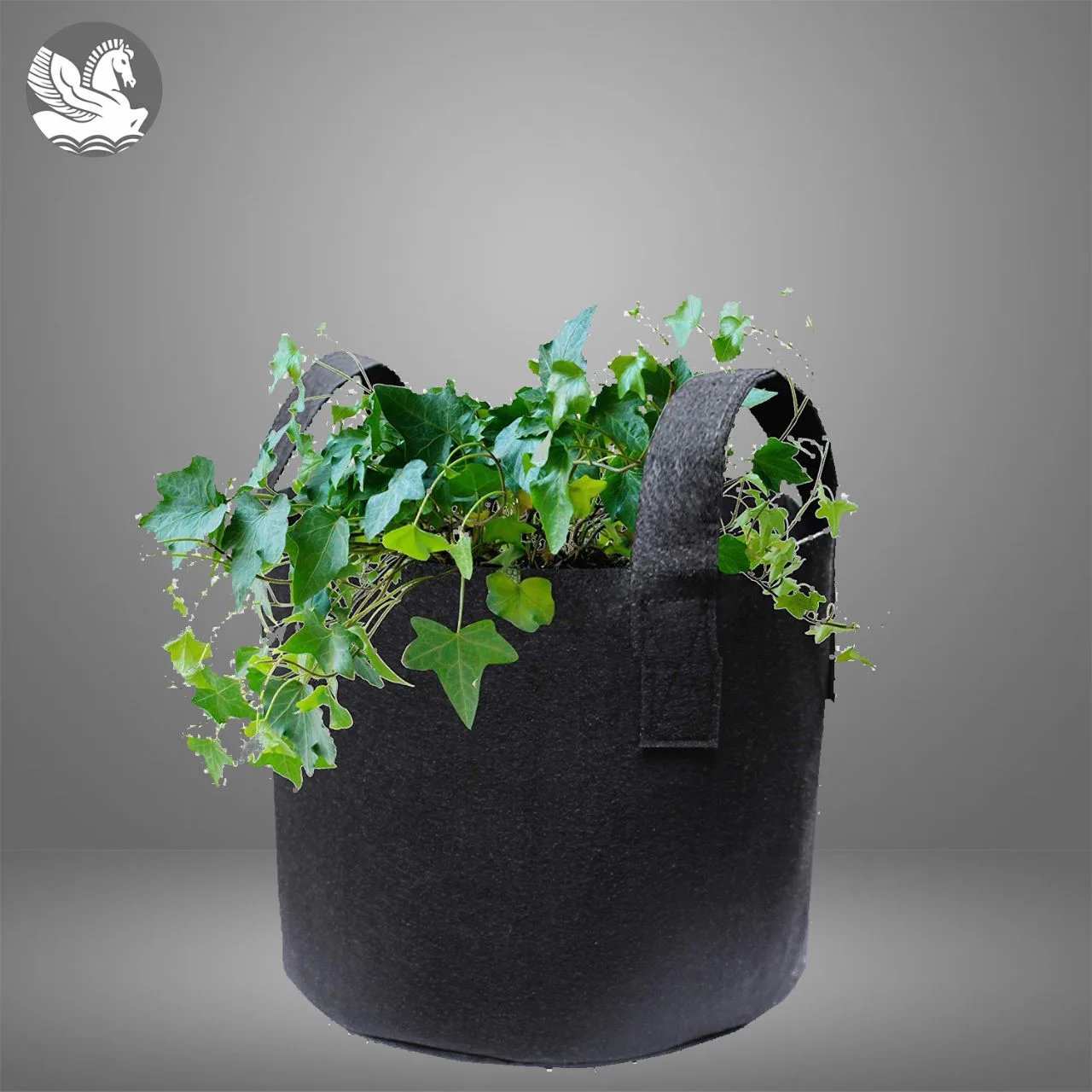Grow bags for plants and trees: A sustainable and efficient way to grow
Grow bags for plants are fabric containers that are used to grow plants and trees. They are typically made from non-woven polypropylene (PP) fabric, which is a durable and lightweight material that is resistant to water, chemicals, and mildew. Grow bags are available in a variety of sizes and shapes, and can be custom-made to meet the specific needs of your plants.
Benefits of using grow bags
There are a number of benefits to using grow bags, including:
Portability: Grow bags are lightweight and easy to move, making them ideal for growing plants on balconies, patios, and other small spaces.
Improved drainage: Grow bags have holes in the bottom that allow excess water to drain away, which helps to prevent root rot.
Air circulation: The fabric material of grow bags allows air to circulate around the roots of the plants, which helps them to grow strong and healthy.
Sustainability: Grow bags are made from recyclable materials and can be reused multiple times. This makes them a more sustainable option than traditional plastic pots.
Applications of grow bags
Grow bags can be used to grow a wide variety of plants, including:
Vegetables: Grow bags are ideal for growing vegetables such as tomatoes, peppers, cucumbers, and squash.
Herbs: Grow bags are also ideal for growing herbs such as basil, rosemary, and thyme.
Flowers: Grow bags can be used to grow a variety of flowers, such as roses, lilies, and petunias.
Trees: Grow bags can also be used to grow trees and shrubs.
There are a number of grow bag manufacturers around the world. Some of the most popular manufacturers include:
Conclusion
Grow bags for trees are a sustainable and efficient way to grow plants and trees. They are portable, have improved drainage and air circulation, and can be reused multiple times. If you are looking for a way to grow plants in a small space or want to reduce your environmental impact, grow bags are a great option to consider.
Here are some additional tips for using grow bags:
Choose the right size grow bag for your plant. The grow bag should be large enough to accommodate the root system of the plant, but not so large that the soil becomes waterlogged.
Fill the grow bag with a well-draining potting mix. Avoid using garden soil, as it can be too heavy and compact for grow bags.
Water your plants regularly, but be careful not to overwater. The soil in a grow bag will dry out more quickly than the soil in a traditional pot.
Fertilize your plants as needed. Follow the instructions on the fertilizer label.
Inspect your plants regularly for pests and diseases. If you find any problems, treat them immediately.



.png)
Comments
Post a Comment